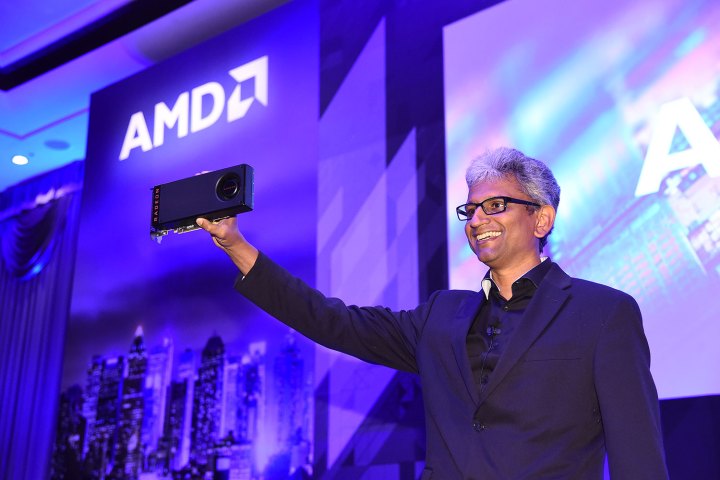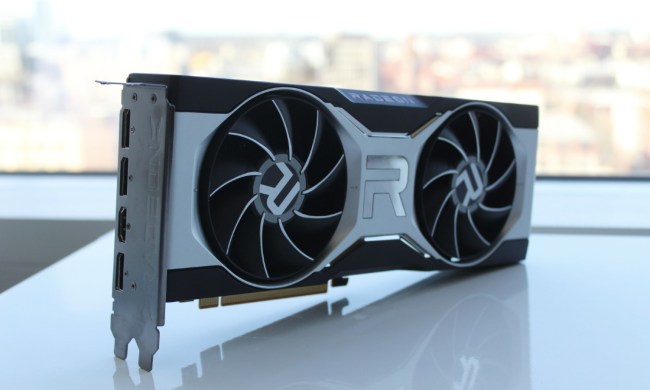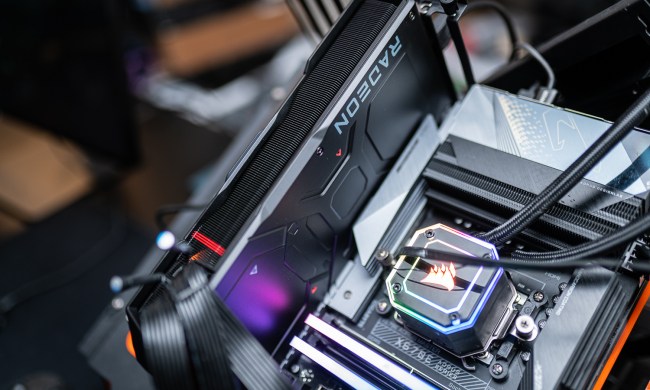
Both reviewers engineered setups to test the exact power delivered to the video card itself — rather than what’s delivered to the test rig overall. And both reviewers found the RX 480 slightly exceeds its target TDP. In doing so, the card may exceed the limits of the PCI Express specification.
The RX 480, like most GPUs, pulls power from two different places. The first is through its own PCIe slot, which the PCIe specification rate at up to 75 watts. Some cards use less power than that, and don’t require any additional connections. The RX 480 has a 150 watt total TDP, so it should theoretically pull the other 75 watts from its six-pin PCIe power connection. Both of those connections are specified for a maximum of 75 watts. Yet, in certain situations, the card’s power draw can exceed 150 watts — and thus the limits of one or both power connections.
Tom’s Hardware and PC Perspective discovered power readings that reached 160 watts while playing Metro: Last Light in 4K. Overclocking only exacerbated the issue. Once again, both sites reported peaks of 200 watts, and consistent power draw over 150 watts. Tom’s Hardware even skipped long-term overclocking testing for fear it might damage their test rig.
Pulling more than 75 watts from the PCIe connection to the power supply isn’t a huge deal. The cables and PSU are often rated for much higher loads than that. The motherboard is another story. PC Perspective reached out to a motherboard company to find out just how bad the situation was.
“One vendor told me directly that while spikes as high as 95 watts of power draw through the PCIE connection are tolerated without issue, sustained power draw at that kind of level would likely cause damage,” wrote Ryan Shrout, owner of PC Perspective.
Raja Koduri from Radeon actually responded to a question about the high power draw during a Reddit AMA on launch day. “We have extensive testing internally on our PCIE compliance and RX480 passed our testing. However we have received feedback from some of the reviewers on high current observed on PCIe in some cases. We are looking into these scenarios as we speak to reproduce these scenarios internally. Our engineering team is fully engaged.”
Robert Hallock, from Radeon’s Technical Marketing group, also chimed in to try and contextualize the issue. “We will have more on this topic soon as we investigate, but it’s worth reminding people that only a very small number of hundreds of RX 480 reviews worldwide encountered this issue. Clearly that makes it aberrant, rather than the rule, and we’re working to get that number down to zero.”
What does this mean for you? Very little, under normal circumstances. A Radeon RX 480 running at stock clock speeds is very unlikely to harm your motherboard, even if it does technically exceed specifications under certain loads.
However, the RX 480 launched with a new driver featured called Wattman that’s specifically designed to make it easier for users to overclock the card. If they do, they’ll further increase power draw — perhaps to levels that could be cause for concern.
At this point, though, no one has reported a RX 480 frying a motherboard. There are a lot of variables to consider. We’ll update this post as the situation shakes out.



